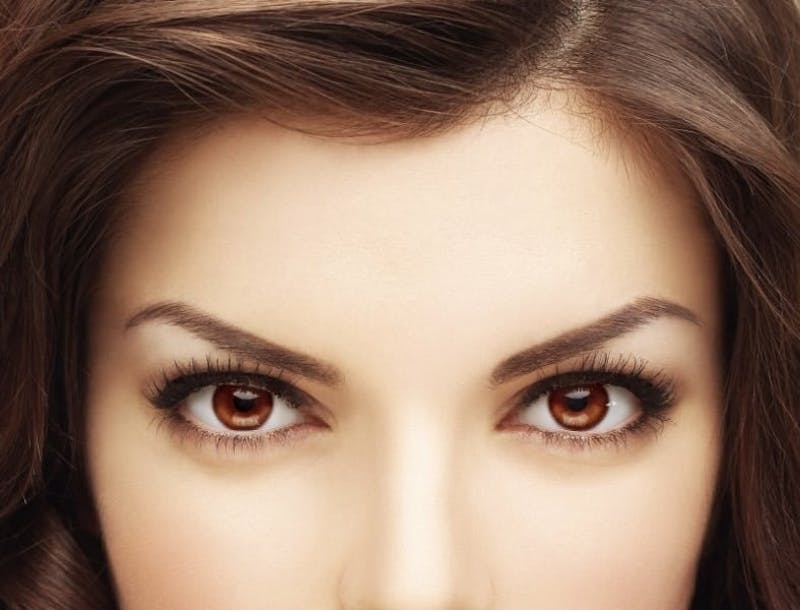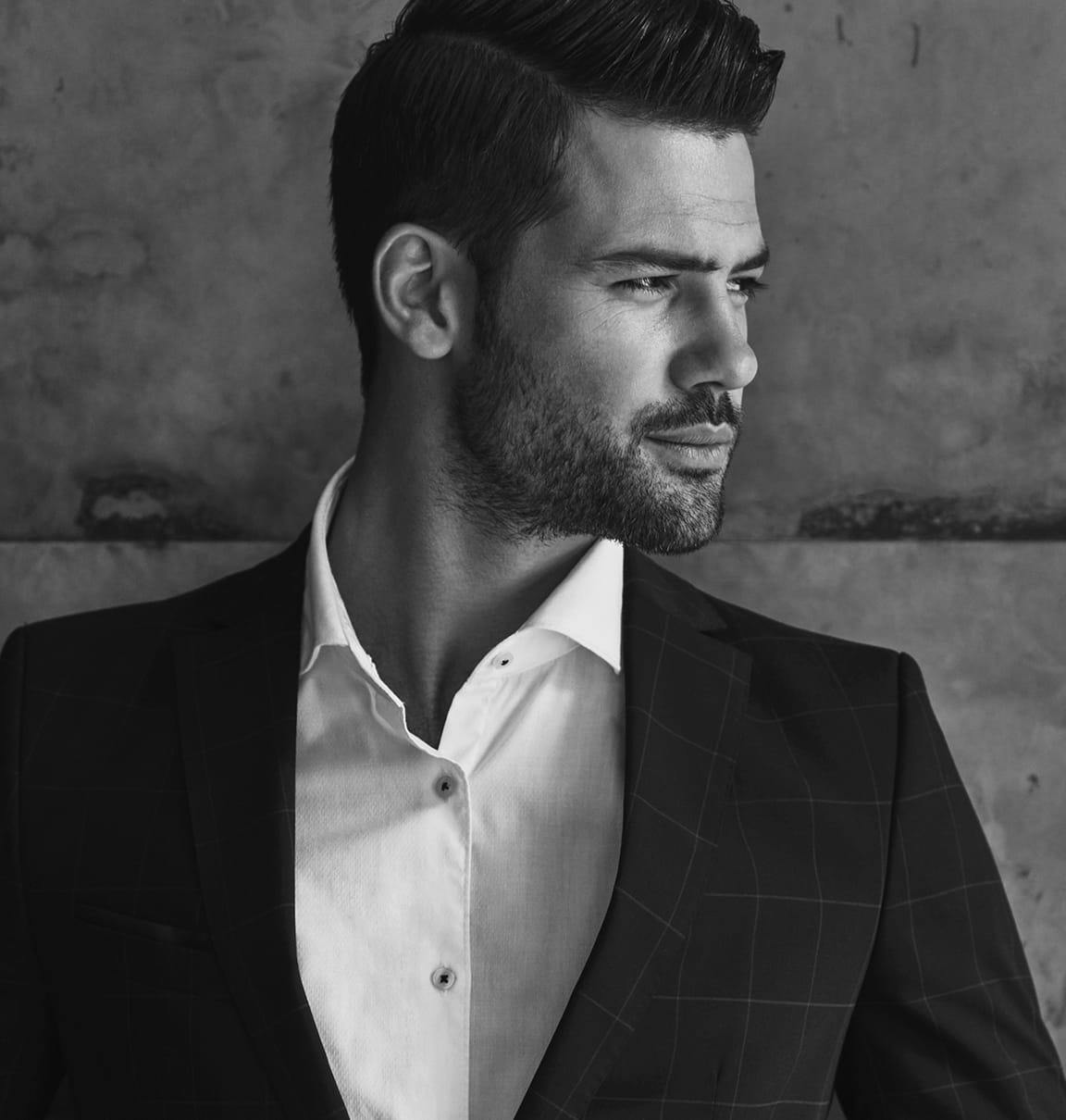
As the next step of your rejuvenation journey begins with eyelid surgery recovery, managing swelling after your Beverly Hills eyelid surgery takes center stage.
A smooth recovery applying patience, diligence, and routine can help you avoid postoperative complications.
Following the route that your surgical team presents to you will ensure comfort, avoid any increased risk, and help to facilitate a faster recovery, allowing you to enjoy the rejuvenated appearance of your eyes sooner.
What Is Blepharoplasty?
Just as a quick review about what is a blepharoplasty, or eyelid surgery, it is an outpatient surgery that addresses sagging eyelids, under-eye bags, and wrinkles. This procedure involves removing excess skin, fat, and muscle from the upper and/or lower eyelids to rejuvenate the appearance of the eyes and enhance facial aesthetics.
Is Swelling Normal After Blepharoplasty?
Swelling and bruising is a common and expected occurrence after any facial plastic surgery including blepharoplasty. The inflammation typically peaks within the first few days after surgery and gradually subsides during the healing process weeks after surgery. Knowing what to expect before and after your blepharoplasty will give you a sense of relaxation.
Let’s discuss the best ways to reduce swelling after upper eyelid surgery.
Tips for Reducing Swelling After Blepharoplasty
Here are some tips on how to reduce swelling after eyelid surgery:
Use Cold Compresses
A cold compress or cool compresses applied gently to the eyes after blepharoplasty helps reduce swelling and discomfort. Use a cold compress for short intervals several times a day as directed by your surgeon for optimal relief.
Head Elevation
Keeping your head elevated while resting. Being in an elevated position reduces fluid accumulation around the eyes, which can contribute to increased swelling.
Sitting in a reclining chair is a great way to relax and maintain proper elevation. If you don’t have one, extra pillows can help as well.
Avoid Strenuous Activities
Avoiding strenuous exercise and heavy lifting post-blepharoplasty is important to not elevate blood pressure, or promote unnecessary bleeding and complications. Allow your body time to heal, prioritizing rest and gentle movements for optimal recovery and results.
Pain Medication
Take prescribed medication as directed to mitigate severe pain. Your surgical team will direct you and prescribe the appropriate medication for you according to the medical history you have provided them with.
Postoperative Care Instructions
By adhering to your cosmetic surgeons instructions, you can minimize swelling, discomfort, and complications, and promote optimal healing for the best possible outcome.
You should follow these instructions diligently. This is why you found a board certified plastic surgeon to guide you through the entire experience.
Avoid Alcohol, Smoking, and Salty Foods
Alcohol and smoking can slow healing by constricting blood vessels, reducing oxygen supply to tissues, and increasing the risk of infection.
Salty foods can lead to fluid retention and exacerbate post-operative swelling. Avoiding these items will support optimal circulation, reduce inflammation, and promotes faster and more efficient healing after surgery.
Stay Hydrated
Proper hydration helps maintain adequate blood flow and oxygen delivery to tissues, facilitates the removal of toxins and waste products, and supports the immune system’s function.
Hydration helps keep tissues soft and supple, which can aid in reducing swelling and promoting overall healing.
Use Lubrication Eye Drops
Using lubricating eye drops or artificial tears after blepharoplasty helps prevent dryness and discomfort. These drops provide soothing relief and promote healing by keeping the eyes moist and lubricated. Follow your surgeon’s recommendations for the frequency and type of eye drops to use.
Wear Dark Sunglasses
Wearing dark glasses provides protection against sunlight and reduces strain on the eyes. They shield the delicate surgical area from harmful UV rays, minimizing sensitivity and discomfort.
You can also wear sunglasses to help conceal swelling and bruising, promoting a more comfortable and discreet recovery.
Avoid Applying Make Up
Avoid applying makeup or cosmetics like eye shadow near the eyes after blepharoplasty to prevent irritation, infection, and interference with the healing process. Wait until the surgical area has fully healed and your surgeon gives clearance before resuming makeup application.
Be Patient
Stay patient and have trust in your medical team during the recovery process, follow postoperative instructions diligently, and allow your body adequate time to recover.
With patience and proper care management, you will reach your desired aesthetic improvements and enjoy long-lasting blepharoplasty benefits.
FAQs About Eyelid Swelling After Eyelid Surgery
Will I be able to wear my contact lenses after my blepharoplasty procedure?
Avoid wearing contact lenses for at least 2 weeks after your surgery. Using your eyeglasses for this time is totally fine. Be sure to refrain from driving until you’re off medication for pain and no longer have blurry or double vision.
What can I do to help my incisions heal?
Clean your incision lines gently 1-2 times daily using water and a Q-tip to remove crusts. Keep a thin layer of Vaseline on the incision line for healing, applying it at least 2-3 times daily to keep the area moist.
How long should I apply cold packs for after eyelid surgery?
Cold compresses can be applied for about 10-15 minutes at a time, several times a day, during the initial post-operative period after eyelid surgery. It’s essential to follow your surgeon’s specific instructions regarding the duration and frequency of cold pack application.
When is the best time to apply scar cream after eyelid surgery?
The best time to apply scar cream after eyelid surgery is typically once the suture line has fully healed, and any scabs or crusts have fallen off. This is usually around 1-2 weeks post-surgery.
How long does swelling last after eyelid surgery?
Most noticeable swelling will go away within the first 1-2 weeks. It can take several weeks to months for all swelling to completely dissipate and for the final results of the surgery to become fully on display. Individual healing times will vary.
How painful is an eyelid surgery?
During the procedure, local anesthesia or sedation is often used to numb the area and minimize pain. After surgery, some patients may experience mild discomfort, tightness, or soreness around the eyes, which can usually be managed with over-the-counter medications or prescribed pain relievers.
When will insurance pay for an eyelid surgery?
In general, insurance will pay for an eyelid surgery only if it is deemed medically necessary. If your procedure is for purely cosmetic reasons, it will not. You will need to check all the boxes for your insurance company to pick up the tab.
Contact Us To Learn More About Blepharoplasty Surgery
If you are “eyeing” potentially rejuvenating your eyelids with an eyelid lift or upper or lower blepharoplasty surgery, please contact our office at Galanis Plastic Surgery in Beverly Hills today.
Setting up your personal consultation with double board certified plastic surgeon Dr. Charles Galanis is an excellent way to learn more about the procedures and find out if you are a good candidate.


